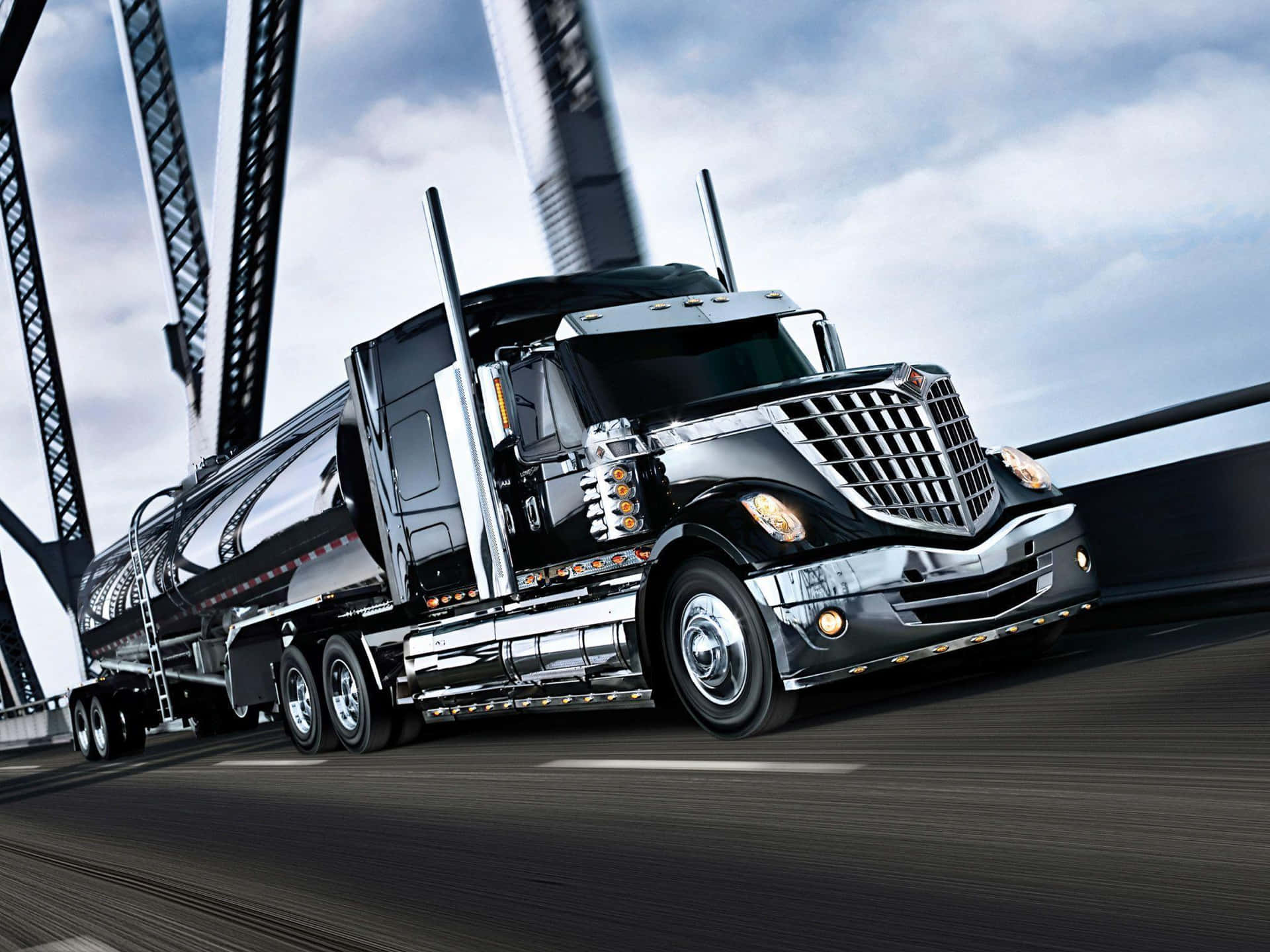
There are few feelings quite as frustrating or helpless as realizing your truck is stuck, wheels spinning uselessly in a deep quagmire of mud. Whether you’re navigating a challenging off-road trail, dealing with the aftermath of a heavy rainstorm, or simply took a wrong turn onto a soft patch, getting bogged down can quickly turn an ordinary drive into a high-stakes rescue mission. It’s a common scenario that can strike even the most experienced drivers, leaving you feeling stranded and far from help, especially when deep in remote areas.
But don’t panic. The good news is that getting a truck unstuck from mud doesn’t always require a costly tow truck or professional assistance. With the right mindset, a few practical tools, and a solid understanding of basic recovery techniques, you can often free your vehicle yourself. This comprehensive guide, crafted with the practical enthusiast in mind, aims to equip you with the knowledge and confidence to tackle these sticky situations head-on, transforming a moment of dread into a successful self-rescue.
We’ll walk you through a series of proven methods, ranging from straightforward physical maneuvers to clever vehicle adjustments and resourceful uses of everyday items. Our focus is on clear, actionable advice, grounded in factual explanations, to help you understand not just *what* to do, but *why* it works. Preparation, as you’ll soon discover, is your best ally, but even without extensive gear, these hacks provide reliable paths to getting your truck back on solid ground.

1. **Stay Calm and Assess the Situation**When your truck gets stuck in the mud, the very first and arguably most crucial step is to stay calm. Panic or frustration can lead to rash decisions, such as aggressively spinning your wheels, which will almost invariably make the problem worse. Accelerating rapidly might cause your vehicle to sink deeper into the muck, creating a much more challenging recovery scenario than if you had approached the situation with a clear head.
Before attempting any maneuvers, take a moment to assess your surroundings and the depth of the problem. Get out of your truck — safely, of course — and inspect how deeply your tires are sunk into the mud. Look for any obstacles, such as rocks or roots, that might be blocking your wheels or undercarriage. This visual inspection will give you critical information about the nature of your predicament and help you choose the most effective method for recovery.
Understanding why trucks get stuck in mud is key to a successful assessment. It’s often a combination of factors: mud and snow reduce the friction between your tires and the surface, making it difficult for the tires to grip. Vehicle weight also plays a significant role; trucks are large and heavy, especially when loaded, and can easily sink into soft surfaces like mud or snow. A thorough assessment helps you understand these dynamics in your specific situation, guiding your next steps.
Assessing the mud before entering it is also a vital preventative measure, but once stuck, knowing the depth and potential obstacles around your vehicle is paramount. This initial calm evaluation prevents further damage, helps prioritize safety, and sets the stage for a methodical and successful recovery. Remember, the goal is to free your truck, not to bury it deeper or risk personal injury.
Read more about: The 15 Most Common Reasons Drivers Fail Their Road Test: Essential Fixes for Your DMV Exam
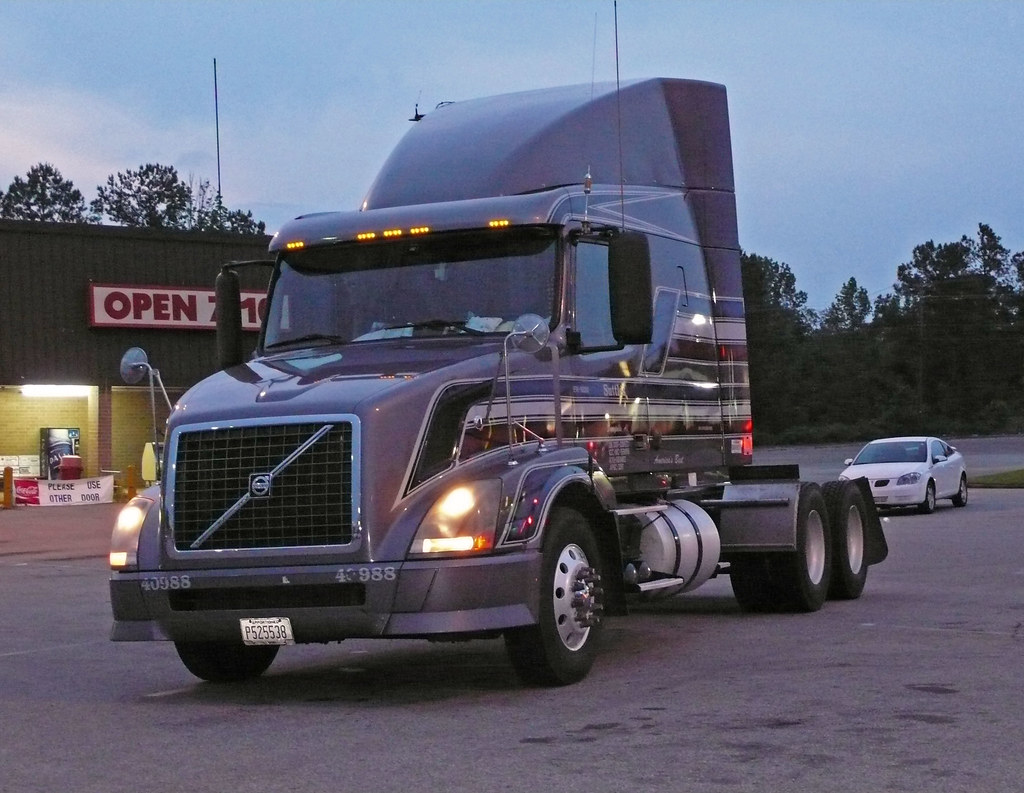
2. **Use a Shovel to Dig Around the Tires**Once you’ve assessed the situation, a shovel can be your best friend. This simple yet effective tool allows you to physically clear mud from around your tires, thereby creating a path for your truck to get out. The primary goal here is to reduce the immediate resistance that the mud is exerting on your tires and the underside of your vehicle, enabling the tires to gain traction rather than just spinning in a confined space.
To effectively use a shovel, focus on digging in front of and behind the drive wheels. You should try to dig all the way around the tires, creating a clear path wide enough for your truck to follow. If your truck’s chassis is sitting on packed snow or deep mud, clearing this area is also critical to prevent the vehicle from simply dragging its undercarriage rather than moving forward.
While digging, it’s important to be mindful of the depth. You should not dig too deep; this could inadvertently cause your truck to get stuck even more. The aim is to create enough clearance for the tires to move and grab onto something firmer, not to excavate a trench. You only need to dig around the tires until you have created a path that is wide enough for your truck to fit through and gain sufficient clearance for movement.
Even if you don’t have a purpose-built shovel, improvisation can save the day. A sturdy stick or a branch can be used as a makeshift digging tool. While this will not be as effective as using a shovel, it will still help to create enough of a path for your truck to follow. This method directly addresses the ‘loss of traction’ problem by physically removing the impediment, giving your tires a fighting chance to grip solid ground or the next available traction aid.
Read more about: Unlock Maximum Range: 15 Essential Hacks for Your EV in Freezing Winter Conditions
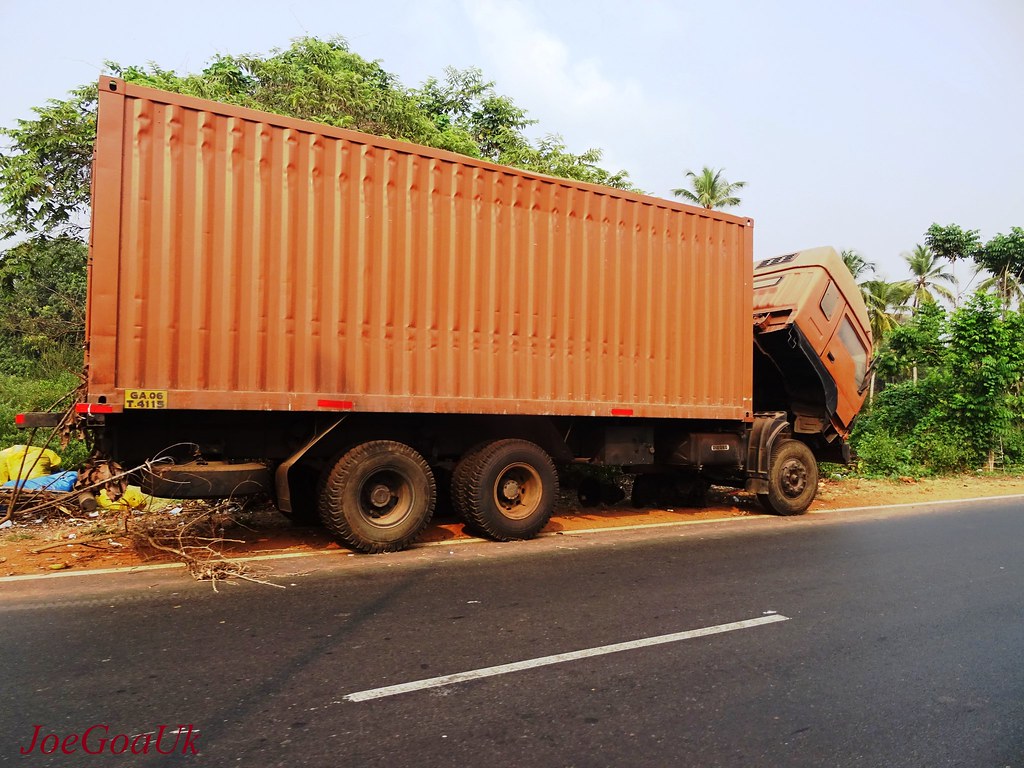
3. **Place Something Under the Tires for Traction**If your tires continue to spin even after clearing some mud, the next logical step is to provide them with something solid to grip onto. This hack involves placing various materials directly under the drive wheels to create an immediate increase in friction and traction. The principle is straightforward: give your tires a rough, stable surface to push against instead of the slippery mud.
A wide array of common objects can be repurposed as traction aids. You can use wood, cardboard, rocks, logs, or even your truck’s floor mats. Slide the chosen material as far under the tire as possible, ideally positioning it right in front (and/or behind) the drive wheels. The goal is to ensure the tire has a direct point of contact with this material as it attempts to rotate, providing the necessary grip to move the vehicle forward or backward.
More granular materials like sand, gravel, or kitty litter can also be highly effective. These are excellent for improving grip because their rough texture creates more friction, preventing the tires from simply spinning in the soil. While they might be more difficult to strategically place under the tires in very deep mud, scattering them around the wheels can significantly increase traction, especially when combined with other methods.
The effectiveness of this method often goes hand-in-hand with gentle rocking motions. As you attempt to move the truck incrementally, you might be able to add a little bit more traction material each time, gradually building up a surface for the tires to grip. This iterative process, though it might take time, is a reliable way to gain momentum and propel your truck out of the mud, especially when working alone.
Read more about: Empower Your Ride: 12 Expert-Backed Steps to DIY a Truck Lift Kit Installation at Home
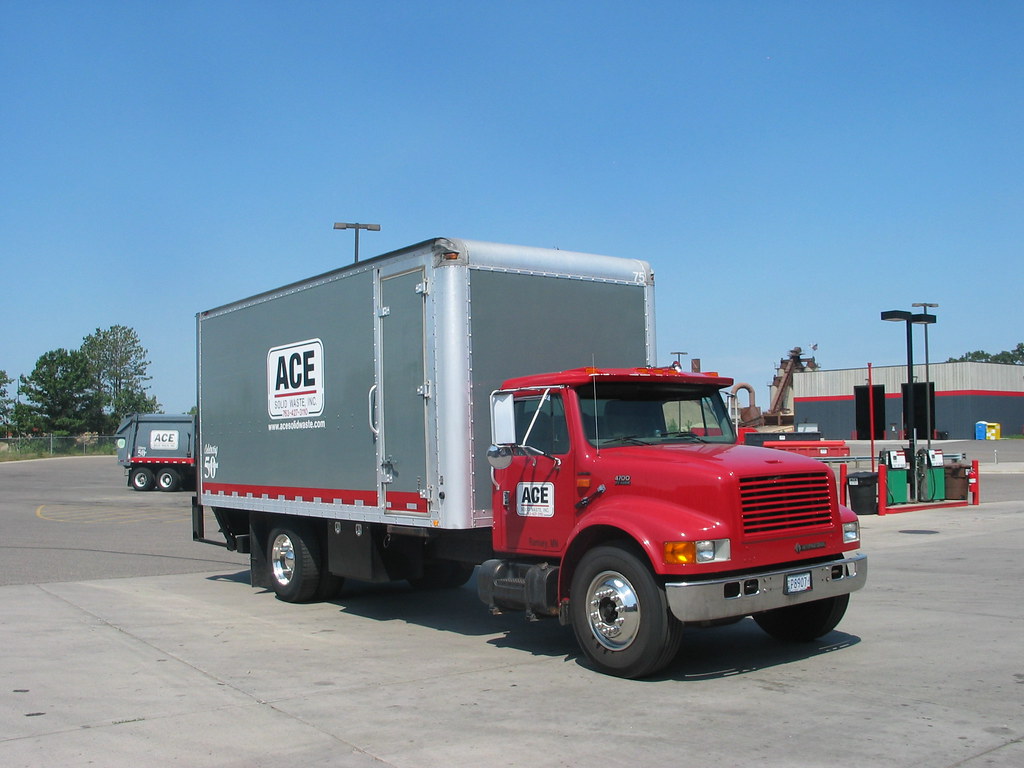
4. **Reduce Tire Pressure**Reducing your tire pressure might seem counterintuitive at first glance, but it’s a remarkably effective method for increasing traction in soft, muddy, or snowy conditions. The core principle behind this hack is simple: by lowering the air pressure in your tires, you increase the contact area between the tire’s tread and the ground. This larger footprint distributes the truck’s weight over a broader surface, preventing the tires from digging in deeper and enhancing their ability to grip.
To apply this method, you’ll need a tire gauge to accurately measure and release air from your tires. For most trucks in these situations, a reduction of about 20-30% from your normal highway pressure is a good starting point, typically aiming for around 15 to 20 PSI. It’s crucial not to reduce the pressure too much, as this can lead to tire damage or even cause the tire to come off the rim, creating a new, more severe problem.
Once the pressure is reduced, drive the truck slowly and gently forward. You should immediately notice an improvement in grip as the tires conform more closely to the uneven terrain. This increased contact surface allows the tire to grab onto more of the mud’s irregularities, providing the traction needed to break free. Remember, this is a temporary solution designed specifically for getting unstuck.
After successfully freeing your truck from the mud, it is absolutely essential to reinflate your tires to their recommended pressure as soon as possible. Driving long distances or at highway speeds with significantly reduced tire pressure can lead to excessive heat buildup, tire damage, and compromised handling and safety. Carrying a portable air compressor in your recovery kit is a smart move for this very reason, allowing you to quickly reinflate and get back on the road safely.
Read more about: From Glory to Pain: Decoding the ‘Worst’ Bodybuilding Injuries and the Nuance of Athletic Catastrophe
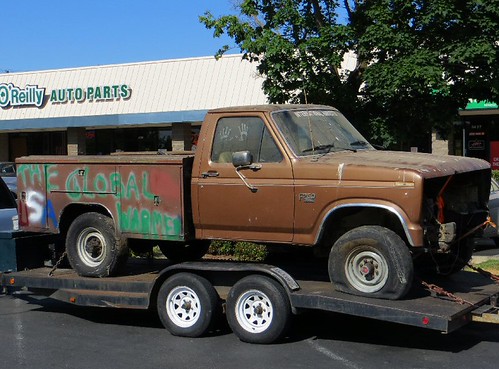
5. **Use Gentle, Rocking Motions**The ‘rocking method’ is a classic and often highly effective technique for freeing a stuck vehicle, relying on momentum and the careful shifting of weight. It involves gently oscillating your truck back and forth, gradually building up enough swing to break the suction of the mud and allow the tires to find firmer ground or fresh traction. This method is particularly useful when you’re stuck in a way that allows for a small amount of forward and backward movement.
To rock your vehicle back and forth, you need to gently shift between drive (first gear or low gear) and reverse. Start by engaging drive and applying very light gas pressure, just enough to move the truck a few inches forward. As the truck resists or begins to sink, immediately shift into reverse and apply light gas to move it backward a few inches. The key here is ‘gentle’ – avoid spinning the wheels aggressively in either direction, as this will only dig them in deeper.
The goal of this method is to create enough space and build momentum. Each small forward and backward movement works to loosen the mud around the tires, effectively creating a longer, firmer path beneath them. This incremental buildup of momentum allows the vehicle to eventually propel itself out of the immediate trap. It requires patience and a delicate touch on the accelerator, as rapid acceleration or hard braking can counteract the progress you’re trying to make.
While rocking can be done independently, it’s certainly easier with another person helping, perhaps by pushing or guiding the placement of traction aids. However, if done correctly, it’s arguably one of the easiest methods because it primarily uses the vehicle’s own capabilities. Just be extremely careful not to over-accelerate or spin your tires too much, as this is the quickest way to bury yourself further into the mud, making subsequent recovery much more difficult.
Read more about: Beyond the Hype: 13 Intermittent Fasting Side Effects You *Really* Need to Know Before You Start!
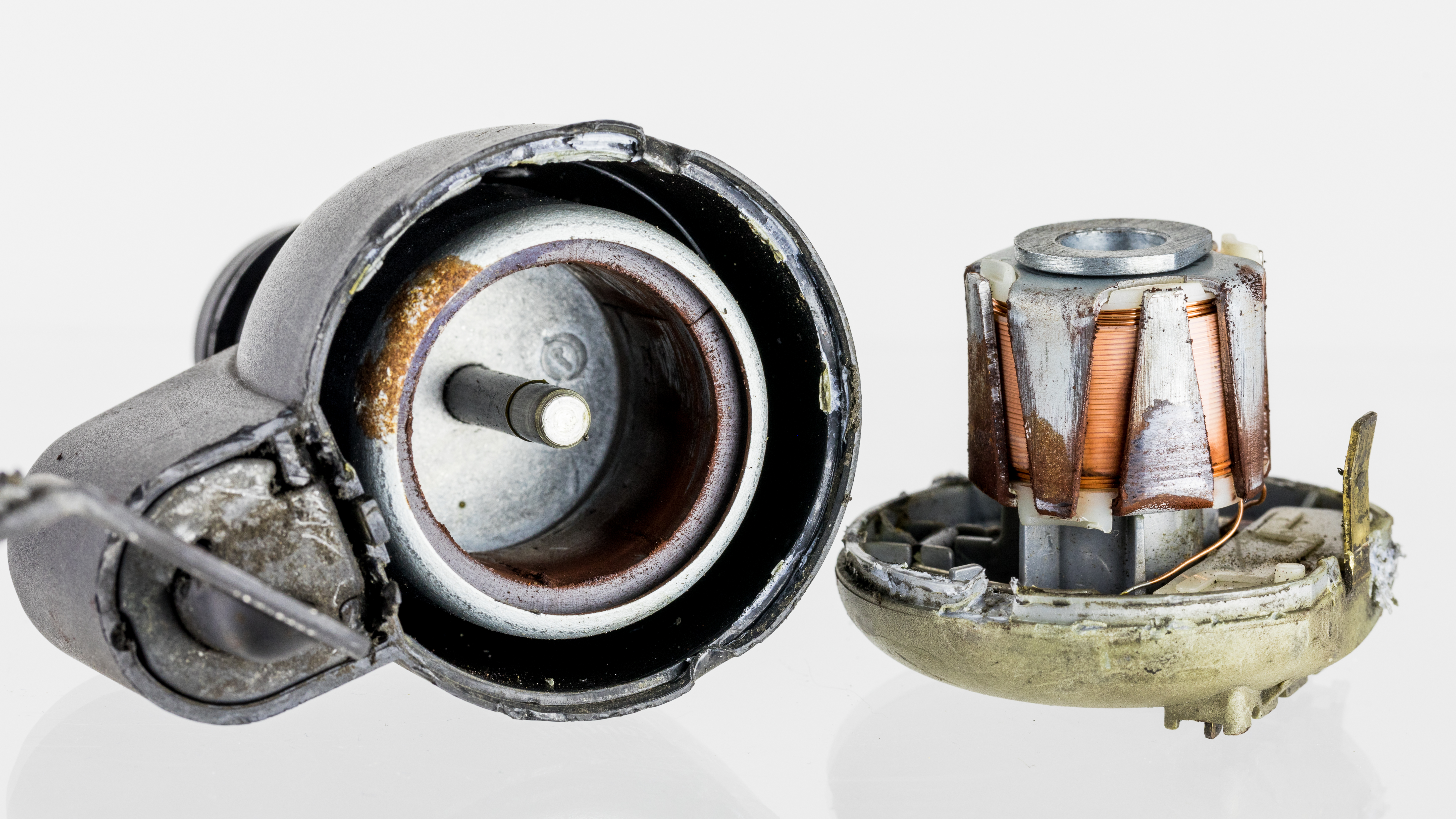
6. **Turn Off Traction Control (TCS)**It might seem counterintuitive to disable a system designed to help you maintain traction, but in specific situations like being stuck in deep mud, turning off your truck’s Traction Control System (TCS) can be a game-changer. These systems are engineered to prevent wheel spin by applying brakes to a slipping wheel or reducing engine power, which is great on paved roads or light snow, but detrimental in deep, soft terrain.
When your truck is stuck in mud, its wheels are likely to spin as they search for grip. If TCS is active, the system interprets this as a loss of control and will intervene, applying the brakes to the spinning wheel. This action, while intended to help, actually kills any momentum you might be building to churn through the mud. Especially for vehicles with positraction or limited-slip differentials, this braking action can prevent the other wheels from getting power, trapping you even more effectively.
By simply turning off traction control, you allow your wheels to spin freely. This unrestricted spin, combined with a steady application of power, can often be enough to churn through the mud, clear the tire treads, and find the necessary grip to move forward. The ability to maintain continuous wheel rotation, even if it’s spinning in place for a moment, can be crucial for self-cleaning mud tires or building the small amount of momentum needed to break free.
Most modern trucks have a button or menu option to temporarily disable TCS. Consult your owner’s manual if you’re unsure where to find it. Remember that disabling TCS is specifically for these low-traction, stuck situations where controlled wheel spin is beneficial. Once you’re out of the mud and back on stable ground, it’s generally recommended to re-enable your traction control system for normal driving safety.
Read more about: Behind the Wheel: 14 Major Safety Systems That Flat-Out Refused to Be Standard Until Now

7. **Teamwork**Sometimes, the most powerful tool you have isn’t a piece of equipment but the combined effort of multiple people. Teamwork is an invaluable method, often used in conjunction with other techniques, to physically push or pull your truck out of a muddy predicament. This human-powered approach can provide the extra force or subtle guidance needed when your vehicle is stubbornly refusing to budge.
To utilize teamwork effectively, especially for pushing, have everyone stand on one side of the truck where there’s the least resistance or the most leverage. On a count, have everyone push or pull together, applying steady, coordinated force. This synchronized effort can help break the suction of the mud and provide the initial nudge or sustained momentum required to get the wheels to grip. Communication is paramount; ensure everyone understands the plan and when to apply effort.
Teamwork is particularly effective when you’re also using traction aids or trying the rocking method. While someone is pushing, another person might be strategically placing wood, rocks, or floor mats under the tires to maximize the grip as the truck inches forward. The additional manual force can overcome the initial resistance, allowing the vehicle’s engine power to take over once some momentum is gained.
However, safety must always be the number one priority when multiple people are involved in a recovery. Ensure everyone stays clear of the wheels, especially if they start spinning. If a tow strap is being used with human assistance, make sure everyone is far from the strap itself, as it can snap under tension. The goal is to get unstuck, but never at the expense of personal safety, making clear communication and a well-understood plan essential for success.
Mastering Advanced Recovery: Specialized Tools and Strategic Approaches for Stubborn Traps
Having explored the immediate and accessible solutions, we now shift our focus to mastering advanced recovery techniques. These methods involve leveraging specialized equipment and strategic driving approaches designed to tackle even the most stubborn mud and snow traps, ensuring a safe and successful vehicle recovery when the simpler hacks aren’t quite enough. This section will equip you with the knowledge to utilize powerful tools and sophisticated tactics that can make all the difference in challenging off-road predicaments.
Read more about: An Unforgettable Run: Iconic Athletes Marking the Sunset of Sporting Glory
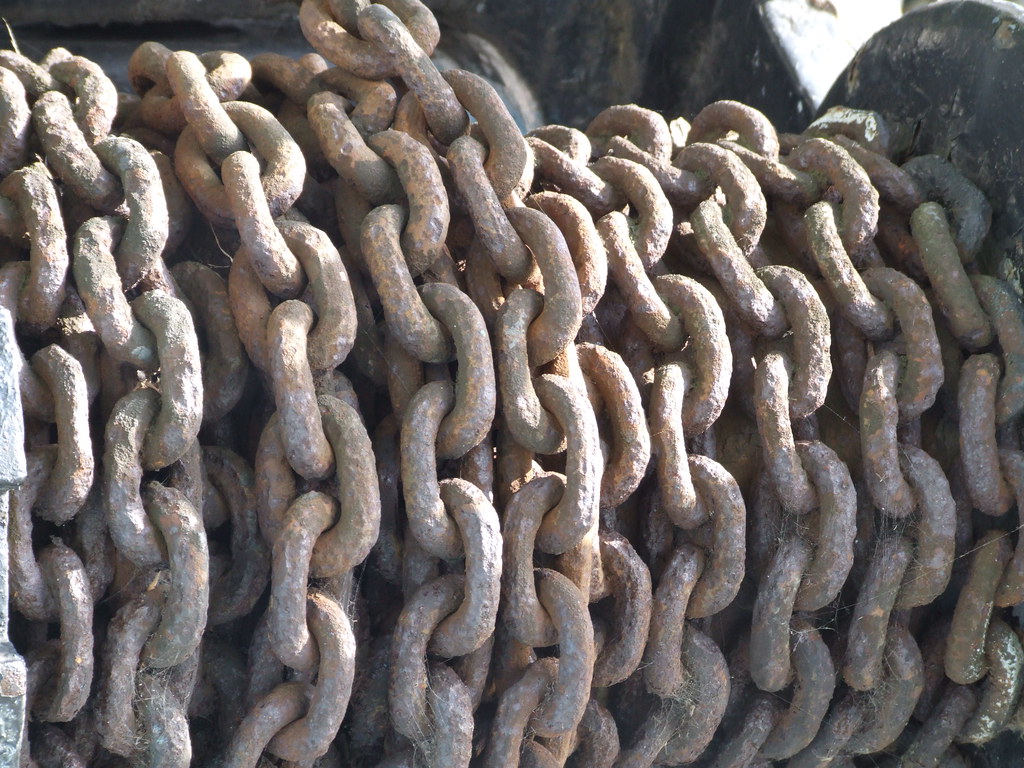
8. **Use a Winch**When your truck is truly stuck, sometimes the sheer mechanical pulling power of a winch is the only answer. A winch is a powerful tool specifically designed to pull or lift heavy objects, making it an indispensable piece of equipment for serious off-road recovery. If you have a winch mounted on your truck, it can be attached to a sturdy anchor point to systematically pull your vehicle free from the mud.
To effectively use a winch, you will first need to identify a robust anchor point. This could be a large, deeply rooted tree or a substantial rock that can withstand significant pulling forces. Once you’ve secured the winch cable to this anchor, you can begin the controlled process of pulling your truck out of the mud. It’s often recommended to operate the winch slowly and steadily, allowing the system to work without sudden jerks.
While incredibly useful, winches demand careful handling due to the immense forces involved. It is crucial to understand how to use your winch properly and to always prioritize safety. Ensure all passengers and bystanders maintain a safe distance from the winch cable, as it can be extremely dangerous if it snaps under tension. Draping a blanket or jacket over the cable’s midpoint can help absorb energy if an unexpected breakage occurs, further enhancing safety.
Using a winch is widely considered one of the most effective ways to get your truck unstuck from deep mud. While it can be a more involved method, proper technique and adherence to safety protocols make it a reliable solution for situations where other hacks have proven insufficient. If you’re not entirely comfortable with winch operation, however, it’s always wise to consider professional assistance.
Read more about: Beyond the Pavement: Ranking 14 Off-Road Titans Ready for Earth’s Toughest Challenges
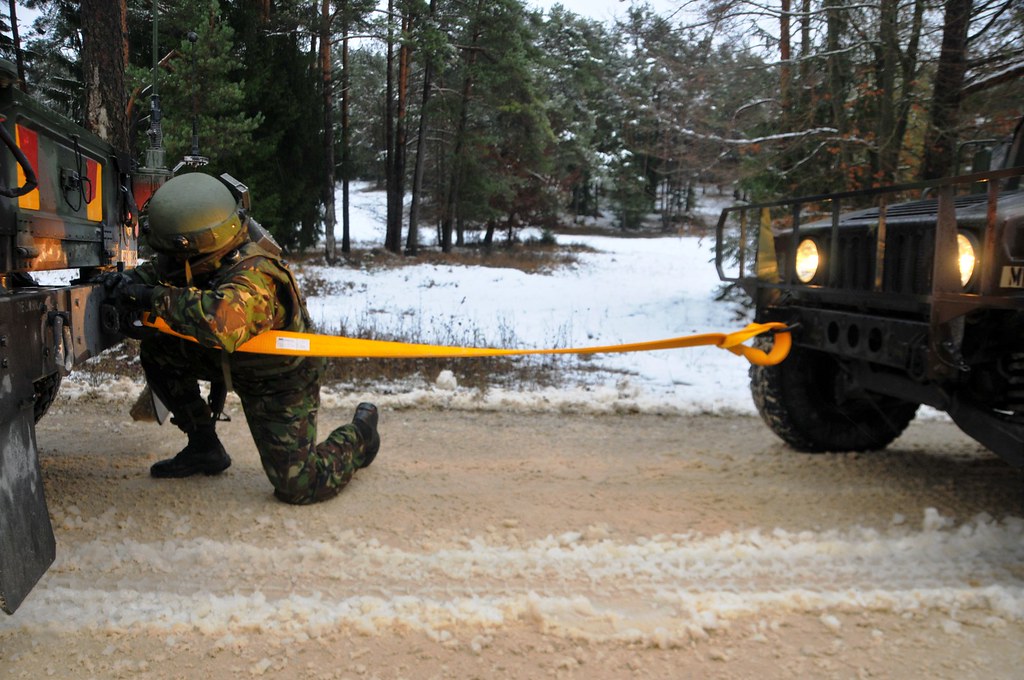
9. **Use a Tow Strap**Tow straps are an absolute must-have for anyone who regularly ventures off the beaten path. These robust and durable straps are specifically designed for pulling stuck vehicles out of challenging terrains like mud or sand, providing a reliable means of recovery when another vehicle is available to assist. They can also offer critical traction in slippery conditions, serving multiple purposes in off-road scenarios.
To utilize a tow strap effectively, you will need a pulling vehicle, ideally another truck with four-wheel drive. The process involves attaching one end of the tow strap to the front or rear recovery point of your stuck vehicle and the other end to a secure recovery point on the pulling vehicle. Once both ends are firmly attached, the driver of the pulling vehicle should slowly and steadily drive forward, applying consistent tension until your stuck truck is freed. This controlled pull helps to minimize shock to both vehicles and the strap.
Even if another vehicle isn’t immediately available, a tow strap can still be useful. You can attach your stuck vehicle to a sturdy, immovable object like a large tree. By carefully maneuvering your truck and applying gentle power, you can sometimes use the strap and anchor point to gain the necessary traction to pull yourself out. However, this method requires extreme caution to avoid damaging your vehicle or the anchor, and is often less effective than a vehicle-to-vehicle pull.
When using a tow strap, the choice of strap matters. A nylon tow strap, for instance, is often preferred over a chain due to its inherent elasticity, which helps absorb shock and prevent damage to vehicles in the event of a sudden breakage. Crucially, always connect the strap to designated tow locations or rated recovery points on both vehicles, never just around a bumper, which can rip off under stress. Safety is paramount, meaning all individuals should remain clear of the tow strap while it is under tension.
Read more about: Beyond the Checkered Flag: 12 Essential Safety Upgrades Every Track Day Driver Needs

10. **Utilizing a High-Lift Jack**A high-lift jack is a versatile and powerful tool that can be a game-changer for serious off-roaders facing deep mud or challenging terrain. This specialized jack allows you to lift your truck significantly higher than a standard jack, creating enough clearance to place crucial traction aids, rocks, or even logs directly under the tires. The principle is to raise the vehicle out of the deepest mud, thereby reducing resistance and allowing the tires to find firmer ground or a better surface to grip.
Using a high-lift jack requires a good deal of skill and experience to perform safely. Before attempting to lift your truck, ensure the area around the vehicle is completely clear of any obstacles or debris to prevent accidents. You then need to securely attach the jack to a sturdy point on your truck’s frame. This attachment must be solid and stable, preventing any slippage as the immense weight of the truck is lifted. Improper attachment can lead to serious injury or damage.
Once the jack is securely in place, you can begin to slowly raise the vehicle. As the truck is lifted out of the mud, you can then strategically position traction materials directly under the tires that are struggling for grip. This process effectively gives your tires a new, higher starting point with a better surface to push against. Some advanced techniques also involve using a high-lift jack in conjunction with a tow strap, attaching the strap to the jack’s lifting point and an external anchor to create a diagonal pull.
Working slowly and steadily is essential during the entire process, continuously checking that the vehicle remains stable and secure as it’s being raised. After the truck is lifted high enough and traction aids are in place, carefully lower the vehicle, ensuring it settles safely onto the new surface before removing the jack. Always prioritize safety: wear gloves and safety glasses, and be acutely aware of your surroundings, as high-lift jacks can be dangerous if not operated correctly.

11. **Use another Truck with Four-Wheel Drive**One of the most effective and often safest ways to extract a bogged-down truck is with the assistance of another vehicle, particularly a truck equipped with four-wheel drive. The combined power and traction of two vehicles can overcome resistance that a single truck, even with all the self-recovery hacks, might struggle to conquer. This method is particularly efficient if the assisting truck also possesses a winch, providing an extra layer of recovery capability.
To initiate this recovery, the assisting 4WD truck should carefully back up to the front or rear of the stuck vehicle, ensuring it remains on stable ground and avoids getting stuck itself. The next step involves securely attaching a robust tow strap or chain to the designated recovery points on both vehicles. It’s paramount that these attachment points are designed to handle significant pulling forces, avoiding bumpers or other non-structural components that could be easily damaged.
Once the connection is secure, the driver of the assisting truck should slowly and steadily drive forward. Simultaneously, the driver of the stuck vehicle can gently apply the brakes. This coordinated effort helps to loosen the stuck vehicle from the suction of the mud and encourages its tires to gain some initial traction. The slow, controlled pull, rather than a sudden jerk, is key to preventing damage to the vehicles or the tow strap.
However, employing another vehicle introduces specific risks that require careful management. The primary concern is preventing the assisting vehicle from also getting stuck, which can compound the problem significantly. Using a longer tow rope can help the pulling vehicle stay further away on harder ground. Additionally, communication between both drivers is absolutely vital to coordinate movements and ensure a smooth, safe recovery. As with all recovery methods, no one should ever be standing near the tow rope or chain while it is under tension.
Read more about: 13 Iconic 1980s Classics: Unearthing Automotive Treasures Whose Values Are Soaring for Collectors
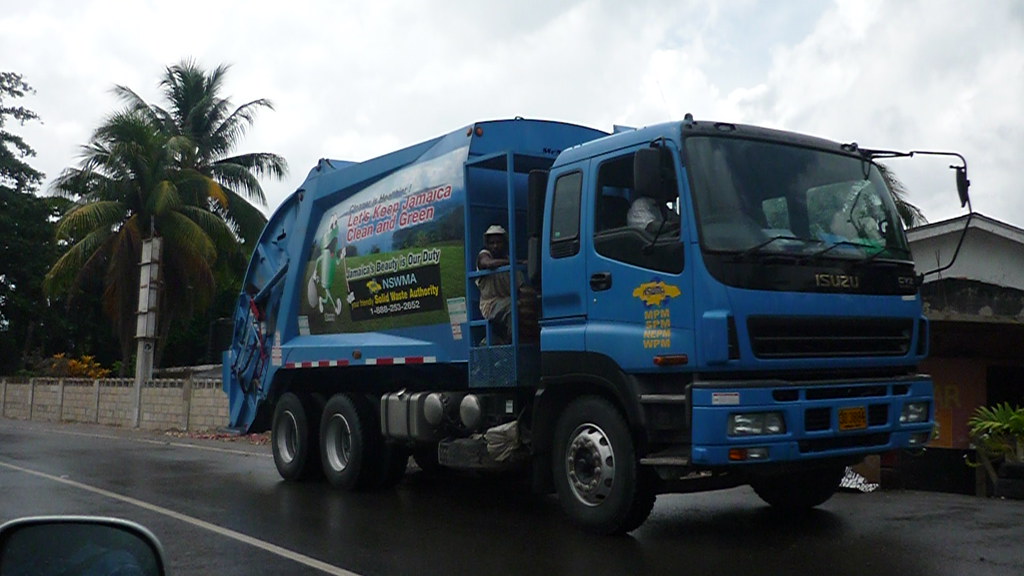
12. **Employing a Snatch Block for Angled Pulls**For those venturing into challenging off-road scenarios, a snatch block is an advanced piece of recovery gear that proves invaluable. Essentially acting as a pulley system, a snatch block serves a critical function: it allows you to change the direction of your winch pull. This capability is especially useful when a straight-line pull isn’t feasible, perhaps due to obstacles, an inconvenient anchor point, or the need to clear a difficult angle of approach. It transforms an impossible pull into a manageable one.
Beyond simply redirecting the pull, a snatch block offers additional benefits that enhance both the safety and efficiency of your recovery. By doubling the winch line back to your vehicle, it effectively halves the load on your winch. This reduction in strain is crucial, allowing your winch to handle much tougher recovery situations than it would otherwise be capable of, all while reducing wear and tear on the winch motor and cable. This makes it an essential tool for maximizing your winch’s capacity.
Using a snatch block involves careful setup. The winch line is run from the winch, through the snatch block (which is anchored to a secure point like a tree or another vehicle’s recovery point), and then back to a recovery point on the stuck vehicle. This configuration creates a mechanical advantage, allowing for a more controlled and powerful pull, particularly useful for overcoming stubborn resistance in deep mud or difficult terrain. It’s a technique that requires practice and a solid understanding of rigging to ensure safety.
This technique is particularly advantageous in scenarios where the direct path out is blocked, or the angle of pull would otherwise damage the vehicle or the environment. It allows for creative and strategic recovery, ensuring that you can get unstuck even when the most straightforward approach is unavailable. Employing a snatch block is a hallmark of advanced off-road recovery, empowering drivers to tackle complex situations with greater control and less risk.
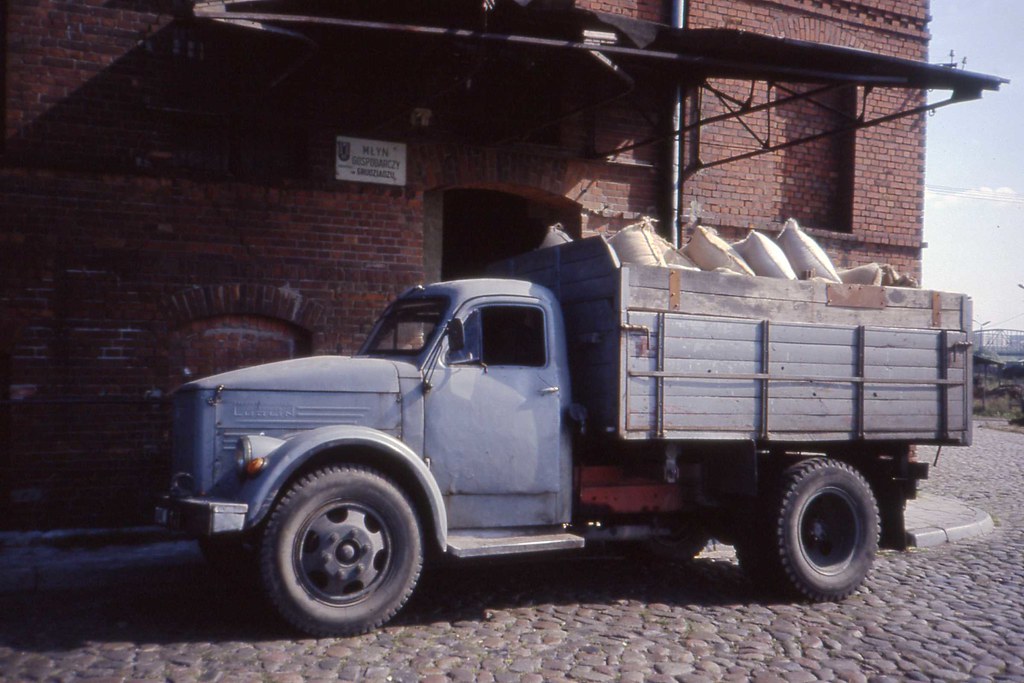
13. **Strategic Use of 4WD, Low-Range Gearing, and Controlled Acceleration**While engaging four-wheel drive might seem obvious in adverse conditions, the strategic application of 4WD, combined with low-range gearing and controlled acceleration, forms a powerful driving approach for overcoming stubborn mud and snow. Simply engaging 4WD isn’t always enough; understanding how to optimize its potential and modulate power delivery is key to navigating extremely low-traction environments without getting further entrenched.
For trucks equipped with low-range gearing, utilizing this feature in deep mud or snow can provide a significant advantage. Low-range gearing multiplies the torque output to the wheels, giving you much greater pulling power and control at slower speeds. This enhanced torque helps your tires slowly churn through resistant material, rather than spinning wildly and digging deeper. It allows for a more deliberate and powerful application of force, crucial when precision and maximum grip are required.
Coupled with proper gearing, controlled acceleration is paramount. When driving on mud and snow, rapid acceleration can easily cause your wheels to spin, quickly leading to a loss of traction and making it harder to escape. Spinning tires not only dig deeper but, in snowy conditions, can also create a layer of ice under the tires, further reducing grip. Instead, ease onto the gas pedal slowly and gently, allowing the tires to find purchase and maintain continuous, controlled rotation.
This holistic approach—engaging 4WD, selecting low-range when available, and applying only enough power for controlled movement—is a strategic driving technique that minimizes wheel spin and maximizes available traction. It’s about leveraging your truck’s capabilities thoughtfully, ensuring that every bit of power is translated into forward momentum rather than wasted energy. Mastering this combination allows drivers to meticulously work their way out of challenging soft terrain, even when the situation seems dire.
Read more about: Beyond the Pavement: Ranking 14 Off-Road Titans Ready for Earth’s Toughest Challenges
**Final Thoughts on Mastering Mud and Snow Traps**
Getting stuck in mud or snow is an almost inevitable part of driving, especially for those who enjoy venturing beyond paved roads. What might initially feel like a disheartening predicament, however, transforms into a manageable challenge with the right knowledge and tools. This guide has taken you through a comprehensive arsenal of 15 simple, yet incredibly effective, hacks to regain control and get your truck back on solid ground.
From the immediate, calm assessment of your situation to the strategic deployment of advanced recovery gear like winches, high-lift jacks, and specialized traction aids, you are now equipped with a wealth of practical solutions. The core principle woven throughout these methods is proactive preparation: having the right gear on hand, understanding how your vehicle performs in different conditions, and knowing the techniques that can turn despair into success. Remember, every challenge overcome builds confidence and expertise, making you a more capable and prepared driver for whatever the terrain throws your way. So, next time you’re heading out for an adventure, carry this guide in mind—you’ll be ready for anything.



